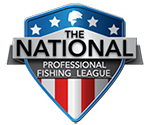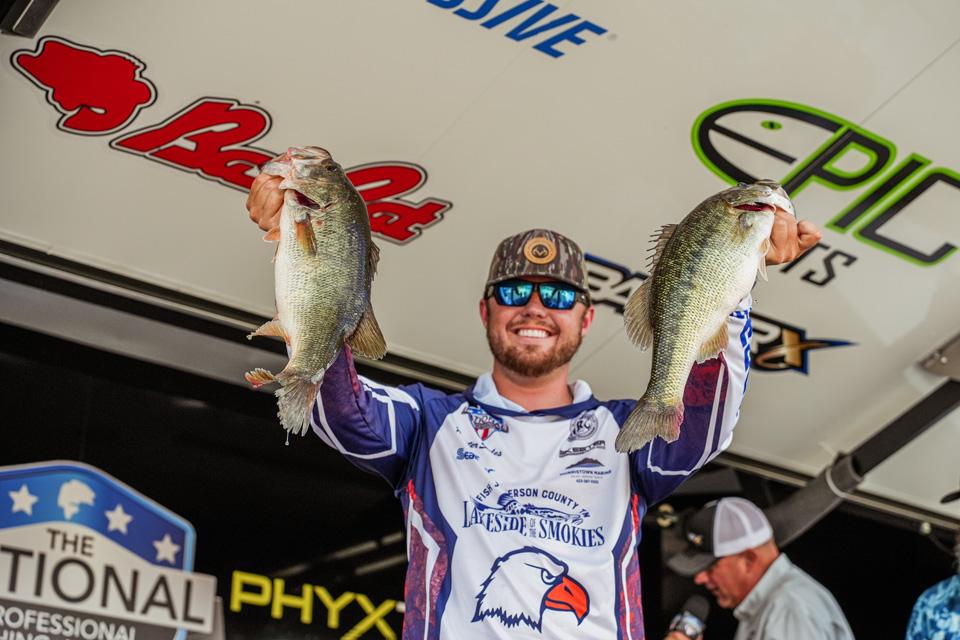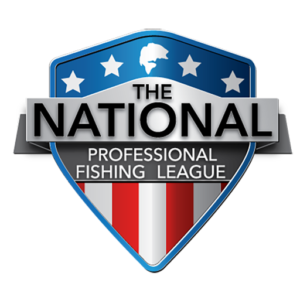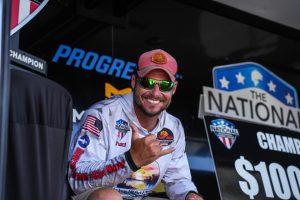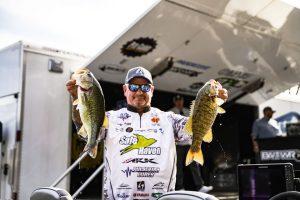Story by Justin Brouillard | Photos by Tanner & Travis Lyons
One of the most intriguing aspects of the NPFL is the guaranteed three-day events for all anglers in the field. It’s been a learning curve for me, but one I believe offers plenty of opportunity for anglers to strategize around.
Our practice for a normal NPFL event starts on Sunday. The event will conclude six days later on Saturday after three days of practice, an off day, and three days of competition. Any seasoned angler knows that fish behavior can change a lot over a week, so staying open-minded during the event is a huge deal.
Our recent event at Saginaw Bay was a great example of just how flexible you can be in a three-day event and still find yourself within the check range.
After a shortened practice due to travel with my college team and a severe thunderstorm that moved through the bay, I was left with a few largemouth areas on the west bank where I had gotten some really good bites on a buzzbait. After checking the wind forecast for Day 1, I realized that the forecasted 10-15 MPH east winds would make simply getting to these fish a challenge.
Over the years I’ve learned that shallow fish around vegetation react very negatively to dirty water and high winds. A strong east wind on Saginaw Bay would likely render this area useless. I started Day 1 on an area on the east bank that I had never fished before. I knew this area had been popular in past years and would be protected from the strong east winds. It took me about two hours to cull up to a 12-pound limit of Saginaw Bay largemouth after making an hour and a half run to start the day.
It was around 10:30 and I wasn’t due back to the ramp until 6:20. I had estimated that it would take around 15 pounds per day to cash a check, and I didn’t feel that I could make this happen fishing where I was. I only had one fish near 3 pounds and there was no way that I could rely on this area for three straight days of fishing. I had to start practicing for Days 2 and 3.
I put most of my largemouth rods away, got out the spinning gear and began using my mapping to locate rocky shoals further out near the mouth of the bay. On my first stop, I was able to locate and catch a 3 1/2-pound smallmouth in 18 feet of water. I wasn’t able to connect on my next fish until 3:30—another 3-pound-plus smallmouth that came on a rocky shoal in 20 feet of water. This proved to be my last cull of the day as I wanted to make sure I had plenty of time to make it back.
The first day of the event was dominated by smallmouth. I knew that I had to return to the area where I had finished my first day if I wanted to make a move up the leaderboard. I didn’t have the smallmouth “dialed-in,” but I had started to see a few fish on my electronics at the end of the day once I identified the proper depth range and sharpness of contours that the fish were holding on. While I had a small limit for around 10 pounds, it wasn’t until after lunch on Day 2 that I realized it was the wind current that was positioning these fish. Many of the areas that had fish on Day 1 seemed to be dry, but the fish had simply repositioned.
I was able to replicate this wind current pattern in a 25 mile stretch of the bay where nearly every location that had the right bottom composition and contour seemed to hold big numbers of nearly 3-pound fish. I was then able to dial in the best baits and continue expanding on my pattern throughout the Day 3.
I steadily moved up the leaderboard in this event, starting in 47th, moving to 41st, and then ending in 34th. This was a big lesson for me and one that i was very proud of. I had no history on Saginaw Bay and struggled through a very unproductive practice, but I was able to utilize the extended format of the NPFL to continue learning throughout the tournament days.
In a shorter event, you feel like you have to be on your best areas the entirety of the tournament in order to come out on top. In a multi-day event, you can be the tortoise and pace yourself for three days to win the race.
To me, a 34th place finish on Saginaw Bay was winning! I survived a challenging event and moved up to third in the Progressive Angler of the Year race. Now I’m preparing for the St. Johns River!
